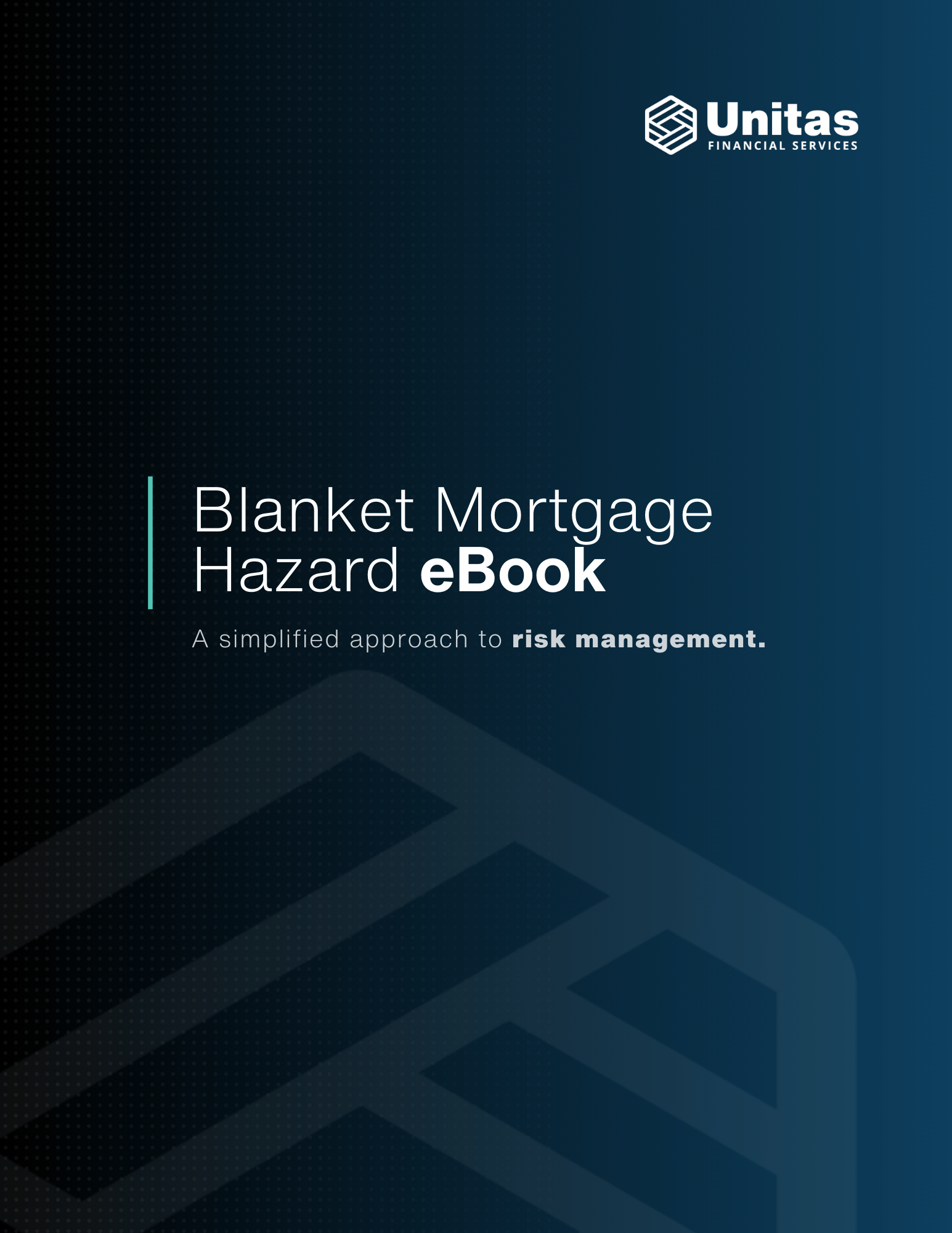Blanket Portfolio Protection
Explore our compliant and innovative Blanket Portfolio Protection programs such as Blanket Mortgage, Blanket VSI, and Blanket Equipment, designed to safeguard collateral effectively.
Eliminate Insurance Tracking with our Blanket 360 suite
Explore the benefits of our Blanket Equipment, Blanket VSI and Blanket Mortgage programs.
Blanket Portfolio Protection
Also known as Blanket VSI, this policy eliminates the need to track insurance policies, send warning letters, and force-place CPI after loan closing.
-
 Collateral Protection Insurance Alternative
Collateral Protection Insurance Alternative
-
 Eliminates Insurance Tracking Post-Close
Eliminates Insurance Tracking Post-Close
-
 Provides Physical Damage Coverage
Provides Physical Damage Coverage
-
 Additional Coverages Available
Additional Coverages Available
-
 Simple Reporting & Remittance
Simple Reporting & Remittance
Blanket Portfolio Protection
This Blanket policy eliminates the need to track hazard insurance, send warning letters and force-place hazard coverage after verifying insurance at loan closing.
-
 Lender-Placed Program Alternative
Lender-Placed Program Alternative
-
 Eliminates Hazard Insurance Policy Tracking
Eliminates Hazard Insurance Policy Tracking
-
 Provides All-Risk Property Coverage
Provides All-Risk Property Coverage
-
 Coverage Through Foreclosure Process
Coverage Through Foreclosure Process
-
 REO & Flood Coverage Available
REO & Flood Coverage Available
Blanket Portfolio Protection
This Blanket policy eliminates the need to track insurance and force place coverage after loan closing on equipment taken as collateral on commercial loans.
-
 Eliminates Equipment Insurance Tracking
Eliminates Equipment Insurance Tracking
-
 Reduces Friction with Commercial Borrowers
Reduces Friction with Commercial Borrowers
-
 Simplified Month-End Reporting
Simplified Month-End Reporting
-
 Coverage For Business Inventory
Coverage For Business Inventory
-
 Lowers Risk of Uknown Uninsured Losses
Lowers Risk of Uknown Uninsured Losses
CHALLENGE
A community lender found themselves overwhelmed by the borrower friction and workload associated with managing a Collateral Protection Insurance (CPI) program.
SOLUTION
Unitas helped the lender implement a Blanket VSI policy to reduce borrower friction, streamline loan servicing efforts, and minimize the risk of uninsured collateral.
IMPACT
The Blanket VSI policy helped the lender eliminate the need to track insurance after loan closing, reducing administrative expenses, borrower friction, and charge-offs.
CHALLENGE
The lender was burdened with the tedious tasks of contacting commercial customers for proof of coverage, updating ticklers, and ensuring that a copy of the insurance was included in each loan file.
SOLUTION
Unitas implemented a Blanket Equipment policy to reduce borrower friction and administrative expenses associated with tracking insurance policies and contacting borrowers.
IMPACT
The Blanket policy reduced the administrative time and costs associated with tracking insurance, minimized errors from false placements, and ensured that collateral and their interests were covered.
CHALLENGE
Unitas assisted a lender overwhelmed with tracking hazard insurance, sending notification letters, and force-placing coverage on their mortgage portfolio.
SOLUTION
As an alternative to a traditional lender-placed insurance program, a Blanket Mortgage policy provided automatic coverage for the lender’s portfolio.
IMPACT
The Blanket Mortgage policy eliminated the need to track and force-place hazard insurance, send warning letters, and contact borrowers about their insurance.
Read our Guide to Blanket 360 and the Benefits of Portfolio Protection Programs
Blanket solutions can help eliminate insurance tracking and increase loan servicing efficiencies
Blanket Policy eBooks provide insights into the programs and their benefits.
Get Our Free Blanket Mortgage Hazard eBook.
Lenders across the country have moved to a Blanket policy for its increased servicing efficiencies.

 Blanket Equipment eBook.
Blanket Equipment eBook. Blanket VSI eBook.
Blanket VSI eBook.